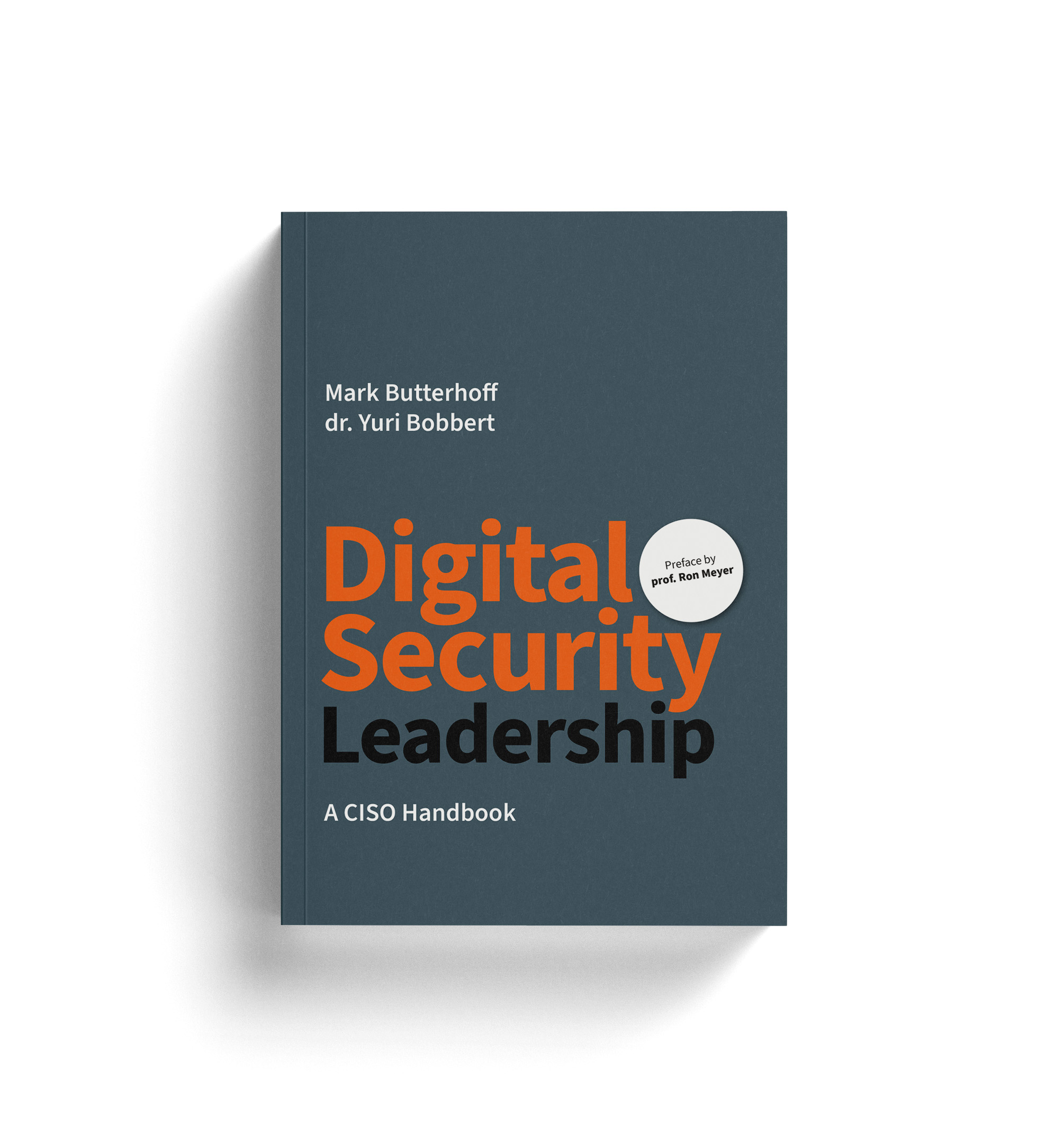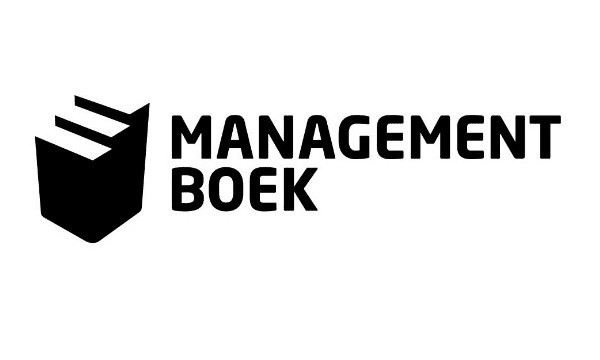
The Power of Diversity in Cybersecurity
In a world where data breaches have become as common as the weather conversations, the significance of a robust cybersecurity defense cannot be overstated. But what if the key to building impenetrable digital fortresses isn’t just about adding layers of technology? It’s about the people standing guard, and more importantly, how diverse and inclusive that team is. This is the radical assertion that our latest research into cybersecurity makes. Diversity

Article Published on ISACA Journal – Why Less cyber security staff is More
Our article “The Compensation Trap” has been published on ISACA Journal. The article explains “Why Less cyber security staff is More”

Yuri Bobbert on SAI Belgium Podcast
Earlier this year Yuri Bobbert talked about the Leading in Digital Security book project, why it was written, for who it is and what the mean takeaways are of the book. He did this on the SAI Belgium Podcast with Marc Vael. (In Dutch). You can listen to the podcast here





















